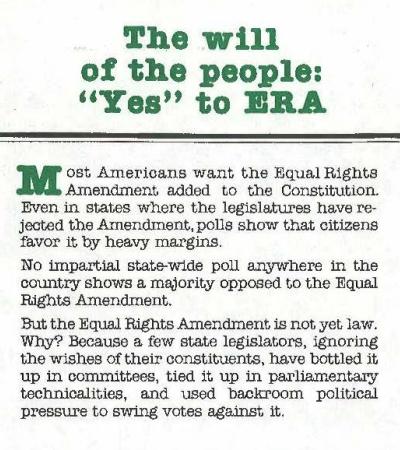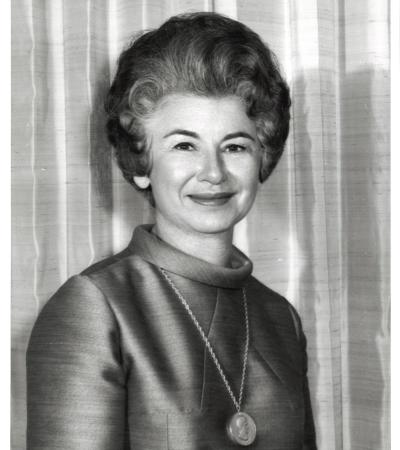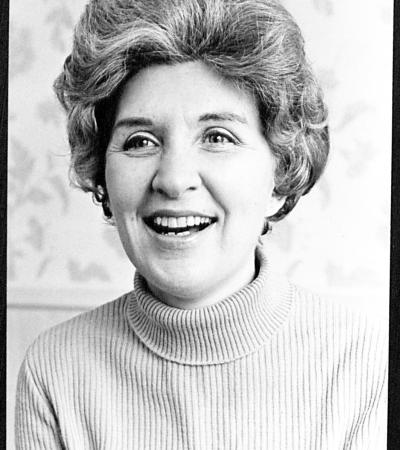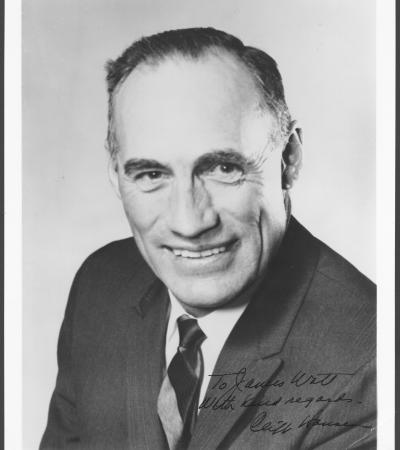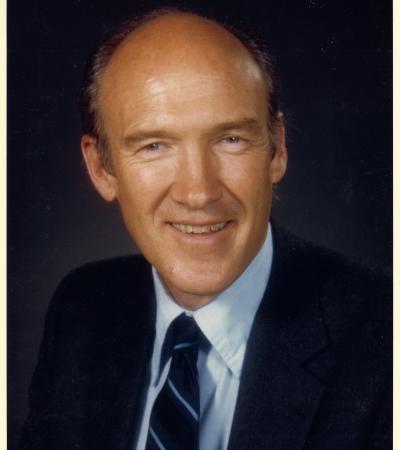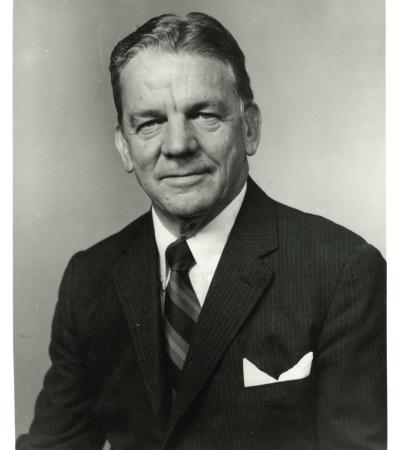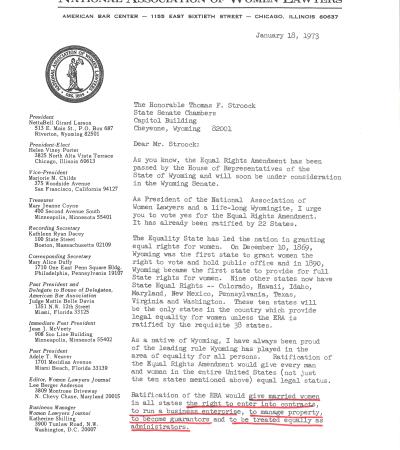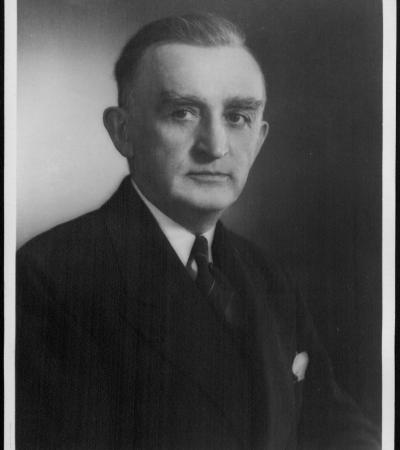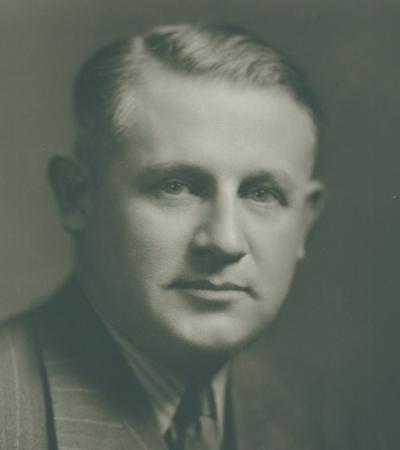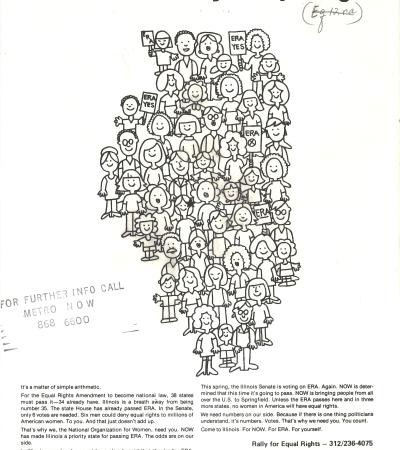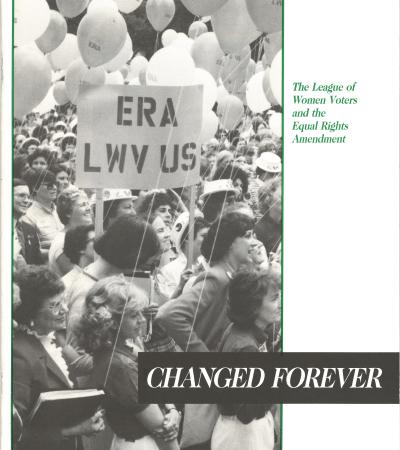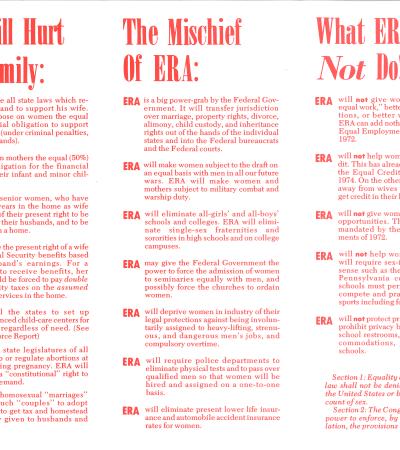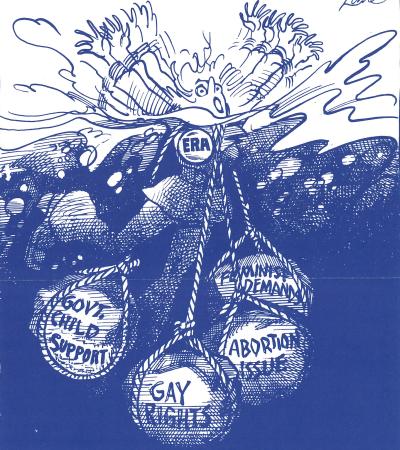Should American women have constitutionally protected equal rights? Alice Paul and some of the other suffragist leaders of the early twentieth century thought so. Paul authored the text of the Equal Rights Amendment (ERA) in 1923, not long after the passage of the 19th Amendment to the constitution, which had granted women the right to vote.
The original ERA read “Men and women shall have equal rights throughout the United States and every place subject to its jurisdiction.” From the very beginning, its acceptance faced stiff opposition from both genders. Many people assume the issue of equal rights for women was long ago put to rest. But the story is more complicated than that.
The history behind the ERA is one of fits and starts. After it was initially brought to Congress in 1923, the proposed amendment was introduced in each congressional session. Opponents held it up in committee year after year. Ultimately, it languished until 1970. That was when Martha Griffiths, an enterprising congresswoman, brought the ERA to the floor of the House of Representatives. It was a time of social upheaval and lobbying for civil rights, including a “Women’s Strike for Equality” in Washington D.C. By 1972 both Republicans and Democrats in the Senate and House had voted to approve the amendment. But that was only the first step towards amending the constitution.
In order to enact an amendment to the constitution, three-fourths or thirty-eight of the fifty states had to agree. Ratification of the ERA was far from a done deal. Pressure was transferred to state legislatures which each had to vote on the amendment. By then, the wording had changed to “Equality of rights under the law shall not be denied or abridged by the United States or by any state on account of sex”, but the intent remained the same. And Congress had issued a deadline for state ratification votes – March 22, 1979.
Interest in seeing the ERA accepted varied widely by and within states. In Wyoming, as in many other states, there were two factions that formed – the “Equal Rights Amendment Coalition” and the “Women for Maintaining the Difference Between the Sexes and Against the ERA”. Those in favor of the ERA argued that women should be entitled to equal pay for equal work, equal professional opportunities and equality in all aspects of the law. Opponents argued that the ERA threatened the sanctity of marriage and families, weakened alimony and child support laws and subjected women to the military draft.
Passions ran high on both sides. Legislators were lobbied, petitions circulated, and letters written. Support for the ERA seemed to converge in the Wyoming House of Representatives, but things were much less certain in the Senate. Republican Governor Stan Hathaway threw his support behind the ERA saying, “If Wyoming does not ratify the (Equal Rights) Amendment, we will no longer be called the Equality State.” Ultimately, on January 24, 1973, seventeen state senators voted in favor. It was enough to ratify the ERA in Wyoming, making Wyoming the 23rd state to do so. Meanwhile, other states proceeded with their ratifications. It seemed the ERA was on the way to becoming the 27th amendment to the U.S. Constitution. Eventually, thirty-five of the needed thirty-eight state legislatures had voted in favor of ratification.
Feminists were optimistic that their lobbying efforts had been successful. But the votes of three more states were needed. By 1977 an anti-feminist grassroots conservative movement had gained ground. Led by Republican lawyer and activist Phyllis Schlafly, the “STOP ERA” campaign took aim at discouraging popular support for the ERA. It was remarkably effective in derailing state ratification votes, particularly in the south. As a result, the 1979 deadline came and went without the additional three state ratifications. Congress extended the deadline to June 30, 1982, but still no additional state ratifications passed. Influenced by Schlafly’s campaign, five states also voted to rescind or otherwise withdraw their ratification of the ERA. Today the need for an Equal Rights Amendment at the federal level remains compelling and continues to be controversial. In 2017 Nevada ratified the ERA, in 2018 Illinois followed suit and in 2020 Virginia became the thirty-eighth state to ratify. Legal scholars debate the legitimacy of those additional ratifications after the deadline, while supporters strategize about possible future routes to enshrining women’s rights into the constitution.
